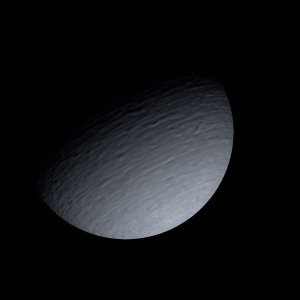|
|
Space Astro
|
Info for exoplanet "Bericho Rutsu"
| Scientific (actual) data |
|---|
| Name | XO-2N b |
| Planet status | Confirmed |
| Planet mass | 0.62 |
| Radius | 0.973 |
| Orbital period | 2.61584 |
| Semi major axis | 0.0369 |
| Orbit eccentricity | 0.045 |
| Inclination | 88.7 |
| Angular distance | 0.000248 |
| Discovered | 2007 |
| Updated | 2024-07-17 |
| Tzero tr | 2454150 |
| Publication | Announced on a professional conference |
| Detection type | Primary Transit |
| Alternate names | TOI-1720 b, TOI-1720.01 |
| Molecules | K, Na |
| Star name | XO-2N |
| Right ascension | 117.03° |
| Declination | 50.23° |
| Mag v | 11.14 |
| Mag i | 10.24 |
| Mag j | 9.74 |
| Mag h | 9.34 |
| Mag k | 9.3 |
| Star distance | 149 |
| Star metallicity | 0.37 |
| Star mass | 0.96 |
| Star radius | 0.998 |
| Star sp type | G9/K0V |
| Star age | 2 |
| Star temperature | 5290 |
| Star alternate names | BD+50 1471, TOI-1720, BVD 68 B, TIC 356473034 |
| Wikipedia article | XO-2N b |
Back
| |
| Fictional info (?) |
|---|
| Suggested name | Bericho Rutsu |
| Planet type | Hot gas giant |
| It was the one of the first exoplanets visited by a spacecraft, and one of the first to be successfully landed on. |
| Atmosphere | Na | 99% |
| K, | 0.0068% |
| Atmospheric pressure | 0.001 bar |
 |
| No known satellites |
| Google search for Bericho rutsu |
|
Website by Joachim Michaelis
|
|
|
|